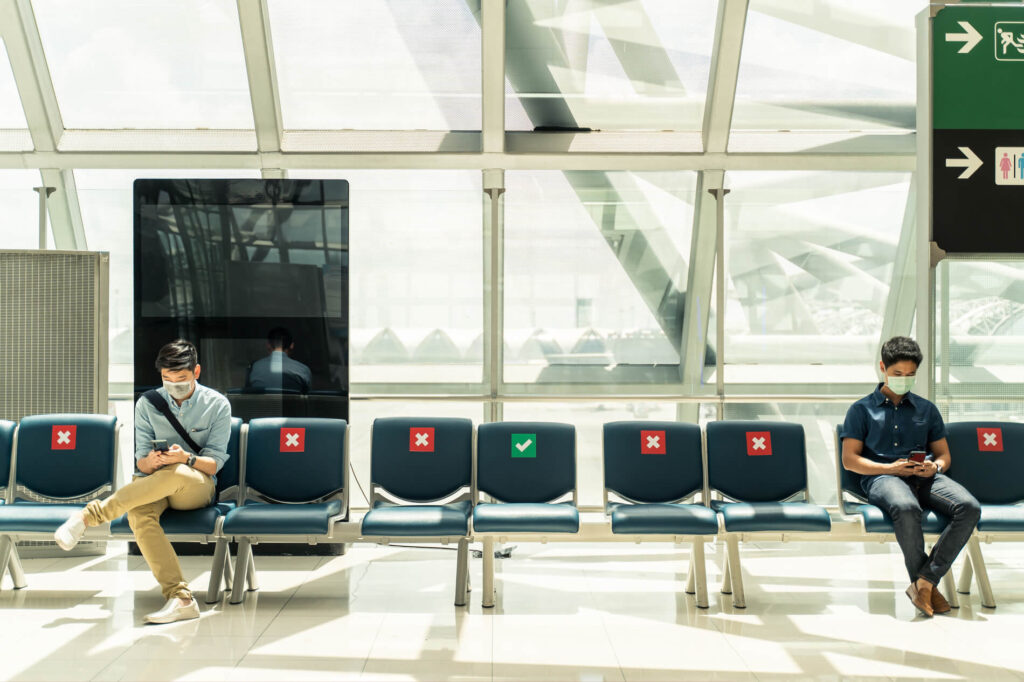Back in 2019 the global airport retail market was growing steadily, projected to reach a $48.2 billion profit in 2020. Instead of the estimated upturn, the pandemic outbreak resulted in revenue shortfalls across all sectors and forced market players, including airport retailers to come up with new solutions to perform their economic activities.
According to AlixPartners’ survey, published on June 17th, 2020, the majority of travelers claimed that they will fly less frequently and spend less at airport shops once restrictions are lifted. Approximately three-quarters of the interviewed express their concern about the sense of safety in an environment without any health protection measures in place.
Nearly half of the respondents said that they would be less likely to purchase non-essential goods such as luxury items, cosmetics, skincare products, clothing, and accessories. 38% of respondents pointed out that they would avoid interaction with sales staff in shops as well as avoid entering shops altogether. Thus, it appears inevitable that retailers will have to deal with a significantly reduced number of consumers.
Airport retailers can minimize negative impact through optimization of operations to reduce waiting time and make customers feel safe. One of the options could be the creative use of technologies such as augmented reality, which is forecasted to be extremely important in attracting and retaining shoppers. Moreover, implementing the ‘click and collect’ model could allow controlling the number of clients at a point of sale.
Coming next week, AIR Convention’s Digital Week 2.0 online conference will feature a dedicated panel on Consumer Behavior with multiple guest speakers, including marketing and sustainability experts from Japan Airlines, Air Asia and Finnair. Join every day from Monday to Thursday (September 14th-17th).
Get your free pass today!

